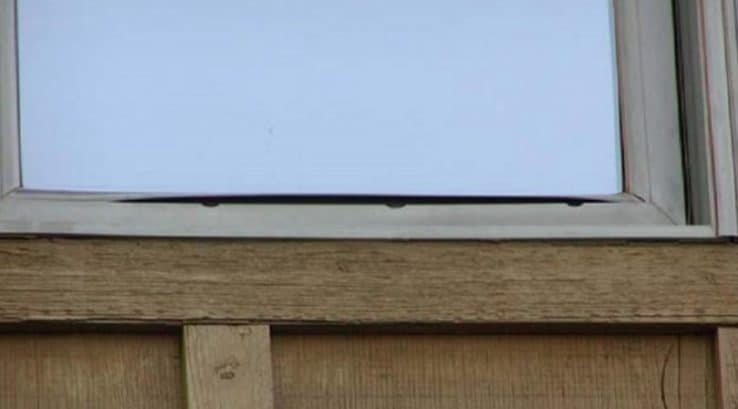Drafty windows go largely unnoticed in warm weather, but a chilly day makes them obvious. As coats and hats appear out of the backs of closets, homeowners start searching for how to fix drafty windows. Here’s what you’ll need to know as the annual battle of winter-versus-your-windows starts heating up, or more accurately, cooling down.
How to Find Window Drafts
Not sure how to check for window drafts? Try these simple tricks:
- A damp hand will feel colder in the presence of a draft and help you find the draft location.
- Holding a source of smoke, such as an incense stick, near a window, will make drafts more visible.
- Cover your window with a large piece of paper or sheet; movement indicates a draft.
If you find drafts, it may be time to think about upgrading your windows.
Checking Issues with Drafty Windows
The US Department of Energy recommends performing a periodic visual inspection of common draft points in the home.
- Look in, around, and near windows: Draft points include areas such as framing and weather stripping around doors, and dryer vents, in addition to windows. Rot, wear-and-tear, and sun exposure can weaken these seals and cause drafts.
- Check sills and tracks: When inspecting windows, open all moving parts of the windows and frames. This inspection will highlight debris and potential structural problems.
- Listen for noise and movement: Rattling or shaking of frames suggests that the fit of the window may have worn down or become damaged. While this can, in minor cases, be shored up or covered for the season, it usually means a window needs replacement.
How to Fix Drafty Windows: Short Term
- Wrap it up: The most obvious approach when looking to fix drafty windows is covering them to prevent unwanted airflow. Shades, curtains, and plastic window wrapping techniques will help, but are temporary solutions.
- Keep indoor temperatures warm: As cold temperatures force building materials to shrink, small gaps can become more significant. While external temperatures can’t be adjusted, internal climate can: avoid turning off the heat entirely to limit “shock” to window materials and seals.
- Keep things dry: If moisture or rainwater run-off infiltrates window gaps, the freeze-and-melt of ice can force cracks to widen. If water pools or moisture lingers on internal sills or tracks, dry it with a clean, absorbent cloth.
Quick Fixes for Drafty Cracked Panes
If cracks appear in the window’s glass, using waterproof tape to seal them will help stop drafts. This is a temporary measure, as cracks can lengthen over time. If you’re researching how to stop drafty windows from affecting your power bill in the long term, these smaller measures may not be adequate.
Upgrading your home’s windows before winter will keep you comfortable, as well as lower your energy costs. If this isn’t immediately feasible, try placing physical barriers under drafty window sills, such as weighted tubes, to keep air leakage to a minimum. Do not open windows more than necessary, as this can cause additional wear and tear on compromised materials and fittings.
Preparing Windows for Next Season
Once you get through the coldest months of the year, look into how to seal drafty windows, or even better, select energy-efficient models to replace them. The same windows that work hard to keep winter winds out will work just as hard to make the most of your summer air conditioning dollars. So, contact Thompson Creek Window Company for a quote today.


